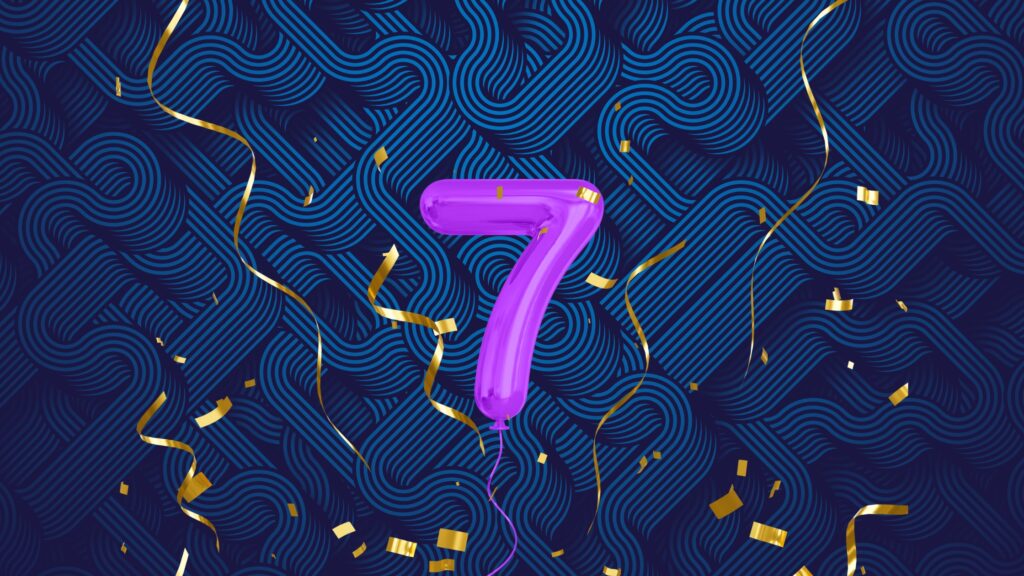Make Strategy Your Sidekick

Simplify Planning for Agility and Confidence
Business today requires adaptability and agility. In order to get in the game, let alone stay in it, you have to be able to pivot with confidence. How do you pivot with confidence you ask? You utilize strategic planning.
The word strategy though often inflicts an overwhelming and daunting feeling for many. There is a misbelief that only those at the top of the top are responsible for strategy. Or, that it requires a certain level of training to be able to execute. Yet, this creative process should become a constant companion for everything from decision making to weekly planning to goal setting to forecasting.
First though, you’ll need to reframe how you think of strategy and how you use it in your life and business.
New framework for thinking
Changing how you think about strategy and your approach is the first step. The process itself is a creative one and requires leaving linear thinking behind. Simplify and uncomplicate your approach so you can apply the process to aid in reliable and quick decision making.
When I teach my clients about decision making, I introduce them to a way of thinking I call a “cone of uncertainty”. If you’ve ever seen a hurricane forecast map, there is a projected storm path that widens at the furthest point of the cone. Forecasters are saying, “Hey, we are attempting to predict the path is right down the middle of the cone. However, there are variables we can’t accurately predict that far in advance, so we have provided you with these parameters of possibility so you can prepare.”
When setting your strategy use a cone of uncertainty to know your direct, preferred path, but to become aware of the potential pathways as well. This framework allows you to pivot quickly and reduces fear about the unknown.

The Why
Strategy is really just simple planning and awareness. Yes, there is thought work involved and discussion on how to execute to meet your goals. But at the end of the day, it is just a plan of desired steps to get from point A to point B.
It is driven by The Why. Business and workplace engagement can only be driven by The Why. It is your purpose you align your work to and as such your strategy plan must always align to your why. Your employees cannot get behind something that isn’t purposeful for them or their customers. Keep it clear and connected when you communicate goals and plans for rapid buy-in.
Keep it simple
Do the thought work
It's necessary to understand your current state and your ideal desired future state or you can't plan anything.
Do paint a bigger picture
Without this knowledge, you could miss key steps or variables in your plan.
Do break it down
Make small, actionable steps. Once you know the goal, start from there and go backward by breaking into detailed yet small actions until you arrive at your current state.
Do use the cone of uncertainty
Plan for contingencies and variables so you remain agile - just like with hurricane prediction. Having a plan actually allows you to confidently go with the flow.
Do stay flexible
Adaptability is key to your strategy's survival - and yours!
Do use a thinking tool
No matter how you do your best thought work just do it! Neurodivergent or neurotypical - everyone has a comfortable way of solving problems.
Do make a roadmap
Use a planning tool to create your roadmap. It can be a visual mindmap, swimlanes, Gantt chart, excel or (gasp) pen and paper.
Don't limit your thinking
It's easy to have limited sight and thinking when planning. Move through the uncertainty and think big picture to achieve your goal.
Choosing your tools
Thinking Tools
Everyone has a style to how they solve problems. Your thinking style has a lot to do with how your connect to your flow. Leveraging a thinking tool can help aid in doing your best thought work. For some you may choose to be in a quiet space with a spreadsheet; others may choose a collaborative discussion with visual aids. Myself, I use auditory whiteboarding (yes, I made that up). I do my best thought work when I talk through problems out loud and often by myself. In my mind’s eye I see the visual problem working out – just like a whiteboard.
Planning Tools
Are you a fan of March Madness brackets? This is one of the most simple tools you can create for your actionable goal steps. Use a bracket starting from one major goal and then branch out four to six small steps to meet that goal. Super simple strategy planning!
Mapping tools are a fantastic way to visualize your plan. There are a variety of flow chart tools available – I prefer tools like Miro and have also tried MindMeister and others over the years. This process allows you to quickly see any roadblocks and inefficiencies in your plan.
Plan and pivot
Now that you have reframed your thinking and see how simple strategy can be, implement it into your day-to-day decision-making. The more you utilize these new ways of thinking, the more rapid your decision and planning responses will be. Strategy is a constant companion for anyone who makes decisions.







